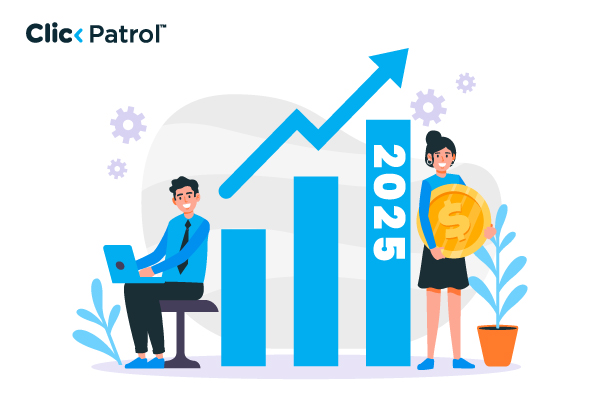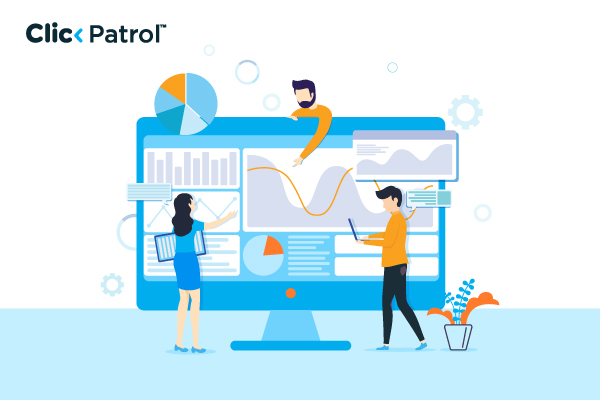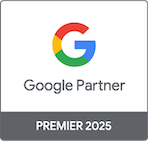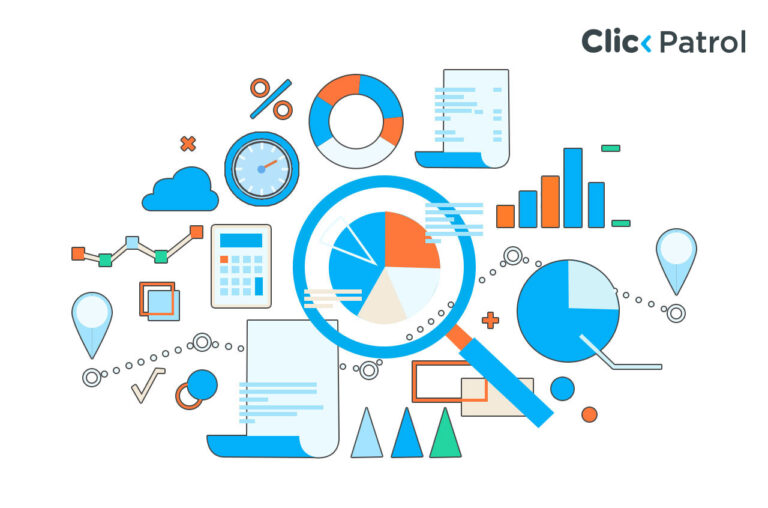
What is a call to action? How to write CTAs that drive clicks, leads, and conversions
Abisola Tanzako | Jul 23, 2025
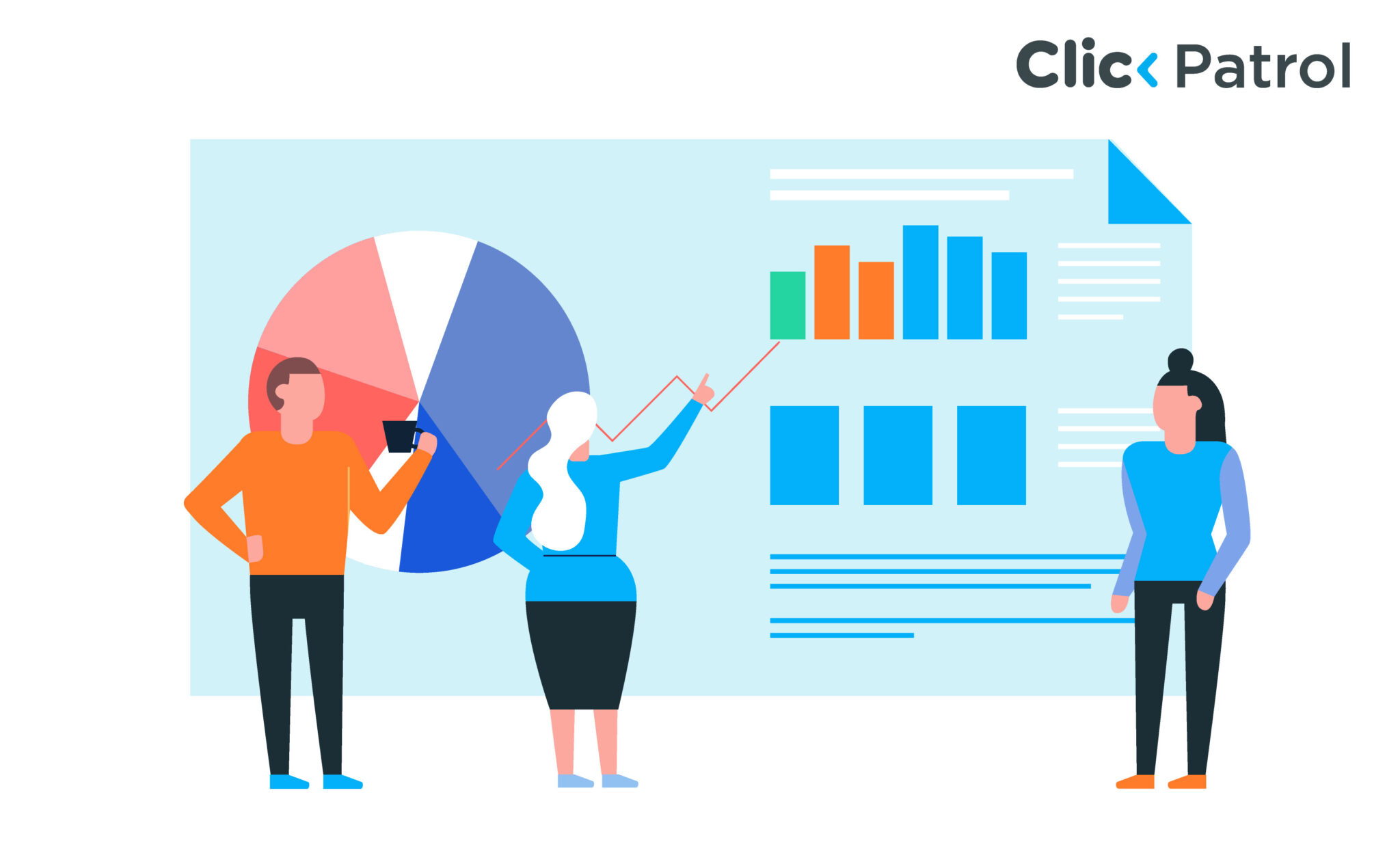
Table of Contents
- What is a CTA in digital marketing?
- Why CTAs matter in digital marketing
- 6 Types of high-converting calls to action
- Best practices for crafting effective CTAs
- Where to place CTAs
- CTA Examples from brands
- A/B Testing your CTAs
- Common CTA mistakes to avoid
- Real-life user case study
- CTAs: The small change that drives big results
- FAQS
Custom CTAs convert 202% better than generic ones (HubSpot, 2023). In the competitive digital marketing arena, numerous acronyms are widely used, including SEO, ROI, and CRM; however, CTA (call to action) is among the most essential for fueling user action and conversion. A CTA is not just a button, but an intentional cue that nudges users toward a definitive action, such as joining a newsletter, downloading an asset, or making a purchase.
This guide covers types of CTAs, when to use them, and how to optimize their design and copy for maximum results.
What is a CTA in digital marketing?
A call to action, or CTA, in internet marketing is a direction that encourages the audience to take some action. It has traditionally appeared as a button, text link, banner, or graphic, depending on its location. CTAs are designed to drive users to a clearly defined endpoint, whether it’s a purchase, download, form completion, or simply following a social media page.
Examples of CTAs:
- “Buy Now”
- “Get Started”
- “Download the Free eBook”
- “Sign Up Today”
- “Learn More”
- “Subscribe to Our Newsletter”
Why CTAs matter in digital marketing
CTAs are required since they serve as strategic signals that prompt users to take valuable actions, such as making a purchase or subscribing to a newsletter. Without them, users can leave without further action.
1. Increase conversions: CTAs directly impact your conversion rate. Whether your goal is lead generation, product sales, or user sign-ups, a well-written and well-positioned CTA will encourage users to take action.
2. Guide the customer journey: CTAs serve as direction signs that guide customers through your sales funnel, from awareness to consideration to decision. A CTA is required at every step of this journey.
3. Improve user experience: CTAs make your content or website interactive and engaging. Visitors appreciate being guided on what to do next, especially if it aligns with their needs or interests.
4. Provide measurable results: Every CTA clicked is a measurable action. Marketers use this data to gauge a campaign’s performance and adjust future content.
6 Types of high-converting calls to action
Not every call to action is the same. Different CTAs are employed for various purposes depending on where the users are in the funnel and the business goal. Listed below are the main categorizations:
1. Lead generation CTAs: This is used for collecting user information, such as email addresses, for something of value (i.e., an eBook download, webinar registration, or discount). Example:
- “Download Your Free Guide Now”
2. Click-through CTAs: These are designed to have users click and learn more or move on to another page, usually from an ad or email to a landing page. Example:
- “See Plans & Pricing”
3. Sales-oriented CTAs: The bottom-of-funnel CTAs encourage users to buy or sign up. Example:
- “Start Your Free Trial” or “Buy Now”
4. Event promotion CTAs: This promotes webinar, conference, or product launch attendance. Example:
- “Register for the Webinar”
5. Social engagement CTAs: This increases social media sharing, followers, or engagement. Example:
- “Share This Post” or “Follow Us on Instagram”
6. Survey or feedback CTAs: This is utilized to gather customer feedback or ratings. Example:
- “Tell Us What You Think”
Best practices for crafting effective CTAs
A high-performance CTA holds strong language, sound design, and clever placement. Let’s break down the key elements that contribute to writing effective CTAs.
1. Use action-oriented language: Start with a strong verb that clearly says what action you need the user to take. Examples:
- “Download”
- “Get”
- “Start”
- “Try”
- “Learn”
- “Subscribe”
2. Create a sense of urgency: Countdown offers and timely copy will increase conversions. Examples:
- “Register Now—Seats Are Limited.”
- “Download Today Only”
- “Offer Ends Soon”
3. Emphasize value: Notify users of the value they’ll receive from a click. Rather than “Submit,” Try:
- “Get My Free Report”
4. CTAs must be visible with high-contrast: color, bolded text, and lots of white space. A CTA button must never be hidden in the design.
5. Align CTA with content intent: Do not expect a big commitment on initial contact. Align the CTA with the user’s intent and step in the funnel. Example:
- Blog post: “Read Related Article”
- Product page: “Add to Cart”
Where to place CTAs
CTA placement can significantly impact its effectiveness, depending on where it is placed. These are the ideal places to keep CTAs:
- Above the fold: It is the very first screen that the user sees. CTAs placed here get instant visibility.
- Place CTAs within blog posts or landing pages: Placing CTAs within the content makes them more natural and improves click-through rates.
- At the end of the content: This is suitable when the user has finished the content and is ready to proceed to the next step.
- Sidebar or sticky header: Sticky CTAs that follow the user down the page keep things in sight without intruding.
- Pop-ups and slide-ins: While annoying when used excessively, carefully timed pop-ups can be helpful in email signups and offers.
CTA Examples from brands
1. Netflix
- “Join Free for a Month”
- Why it works: It has a low cost and significant gains. Emphasizes value and zero commitment.
2. Spotify
- “Get Premium”
- Why it works: It fits nicely in social settings, offers exclusive value, and provides an upgrade.
3. Amazon
- “Get Started” / “Order Now”
- Why it works: Simple and action-driven. Its two-step approach gives the user flexibility.
4. HubSpot
- “Start Using Free Tools of HubSpot Today.”
- Why it works: Highlights the ease of entry and guarantees immediate user value.
5. Dropbox
- “Sign up for free.”
- Why it works: It makes it convenient for users to join without any conditions and assures them it is free of charge.
6. ClickPatrol
- “Start Your Free 7-Day Trial”
- Why it works: It reassures users that they have nothing to lose, defines the trial period, and fosters immediate engagement.
A/B Testing your CTAs
Even with best practices in place, the only way to know what truly works is to test. A/B testing (also known as split testing) allows marketers to compare two versions of a CTA to see which performs better.
Elements you can test:
- CTA text (e.g., “Buy Now” vs. “Get Yours Today”)
- Button color
- Size and shape
- Placement on page
- Use of icons or images
- Font styles
Common CTA mistakes to avoid
They include:
- Being vague: Replace vague CTAs like “Click here” with specific CTAs that give context. Provide the user with explicit feedback so they can understand their next step.
- Too many CTAs: Presentation of too many different CTAs next to each other may confuse users and scare them away from clicking. Keep your page or email to one main call to action.
- Poor design: If the design of the CTA is like or blends into its surroundings, users tend to ignore it.
- Not mobile-optimized: Design CTAs in a manner that is easily clickable on any screen size and stands out.
- Lack of follow-through: To create an actual call to action, it is necessary to drive the users to a landing page that is specific, optimized, and relevant for the action called for. Conversions can be affected when the CTA does not take the user to the next step.
Real-life user case study
Nature Air, a regional carrier in Costa Rica, significantly improved its online conversions by simplifying the placement of its call-to-action (CTA) buttons. The “Book Now” button was originally below the fold and had little visibility.
By moving the CTA above the fold and into the content space, they made it easily accessible to users. This strategic move led to a staggering 591% increase in conversion rates, from 3% to nearly 19%.
The case illustrates the significant influence that CTA visibility and placement can have on user engagement and booking behavior, as well as the importance of A/B testing in online marketing.
CTAs: The small change that drives big results
In today’s rapidly evolving digital world, a great call to action is more than a clickable button; it is a critical moment of transformation in your user’s journey.
Whether your aim is lead generation, sales, or increasing engagement, CTAs are the path from interest to action. From selecting the best words to designing and placing, every aspect counts.
As the Nature Air case study demonstrates, a minor adjustment can have a dramatic impact on results. Just changing button placement increased conversions by 591%.
Want to improve your conversion strategy? Start by reviewing your CTAs today.
FAQS
Q. 1 How do I design an effective CTA?
Strong CTAs are visually dominant and utilize action language, convey urgency, and communicate value.
Q. 2 Where do I put CTAs?
For visibility, it is above the fold in content, at the end, in sticky headers, and via pop-ups.
Q. 3 How do I test CTA effectiveness?
Conduct A/B testing on text, color, and location, and track click-through and conversion.

